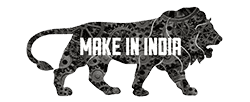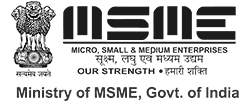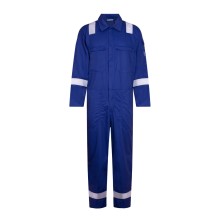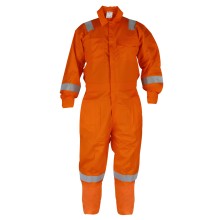How Do Fire Suit Manufacturers Ensure Maximum Worker Protection
- By: Admin
- Jun 26, 2025
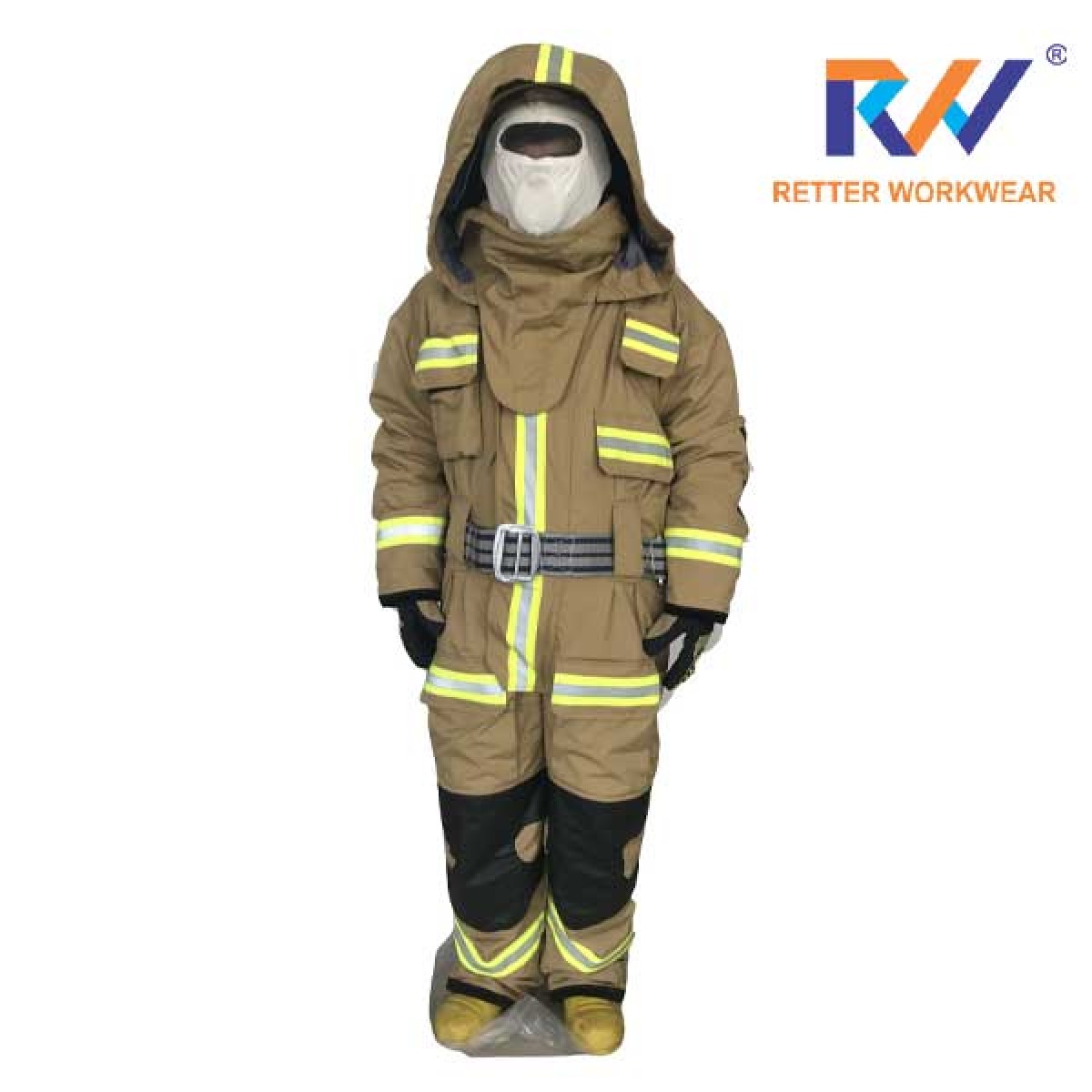
In high risk industrial environments such as oil refineries, chemical plants, metalwork industries, and fire departments protective clothing is paramount for workers’ survival and work efficiency. One of the most important elements of these outfits is the fire suit, designed to resist ignition and intense temperatures. Choosing the right Fire Suit Manufacturers touches on more than purchasing it is actually an investment into safety.
Fabric Selection and Materials Science
To guarantee maximum protection, manufacturers start with the careful selection of flame retardant fabrics that meet internationally recognized standards. These materials are engineered at the fiber level to procure a permanent rather than surface coated effect to their properties. This differentiation is in particular importance when garments are continually laundered and exposed to hostile environments. Breathability, moisture removal, and strength are also taken into account to maintain a balance between comfort and protection.
Safety One Way Comfort Another
While resistance to fire and heat is non negotiable in this industry, comfort for the worker remains the principal consideration. Suit design must be permit ease of motion, while venting and ergonomic support considerations are accounted for. We reinforce the seams, modify the closures to withstand high temperatures, and modify the designs to enable workers to function efficiently in complex situations. Every cut and every stitch become factors for delivering a suit meant to uphold both survival and day to day practicality.
Certification and Testing Aiming Toward Global Safety Standards
Reputable manufacturers certify that their garments meet world safety guidelines, such as ISO, EN, and NFPA standards. This certification is not merely formal but speaks of the far ranging testing they put the product through. Vertical flame tests, thermal insulation ratings, and evaluations of residual strength each is indispensable in granting assurance that every suit offered can reliably work to protect a worker in live fire situations. These certifications are also important to satisfy regulatory audits and site inspections.
Integrated Offerings by Trusted Sources in the Industry
Occasionally, there are manufacturers of fire suits who cater to some major classes of protective clothing. For instance, a collaboration among several Fire Retardant Coverall Manufacturers, like Retter Workwear, produces flame resistant coveralls suitable for use in various sectors. These products complement fire suits, broadening the scope of protection across various job functions and enabling companies to conveniently standardize their safety protocols.
Layering and Multi Threat Protection
Most modern fire resistant clothing will protect against much more than just flames. Depending on the function, suits can be designed to protect against chemicals, static electricity, or molten metal splash. Layering technologies allow the combination of different kinds of protection in the same garment without undue weight or impeding movement. Through this innovation, manufacturers can accommodate diverse manufacturing sectors.
Quality Control Along the Production Chain
Consistency always plays a key role in reliability. Manufacturers that are serious about maintaining safety standards put the greatest emphasis on quality control at every stage, from raw material procurement to the last stitch and trimming. These checks include fabric assessments, strength evaluations, and a complete design verification process aimed at removing even minor defects that would compromise worker safety. The end result is a tough wearing garment that provides all round protection from constant wear in harsh environments.
Tailoring to Industry Specific Requirements
Industries present distinct safety challenges. Fire suits for electrical workers would require some kind of arc flash protection, while those for chemical handling would require protection against hazardous splashes. Understanding these distinctions, manufacturers adjust their designs in all domains to cater to specific hazards. This detailing is made to energetically apply the protective outfit to generalized fire resistant standards to suit each work's specialized demands.
Skilled To Industry Demand
Manufacturers with the ability to scale production lines and logistics support would be exceedingly willing to serve industries with bulk and urgent demands. Taking advantage of today's equipment and qualified personnel, several IFR Coverall Manufacturers generate firm delivery schedules without compromising on quality. Hence, they make flexible partners to companies operating in volatile or emergency prone environments.
Safety and Precision at the Core
Worker protection in hazardous industries starts with the garments aimed at shielding them. Manufacturers of fire suits, understanding the critical nature of their product, surpass regulatory requirements by innovating, customizing, and providing continuous support. Each step in the process from fabric selection to quality checks is a reflection of extraordinary commitment toward those in the front line. This commitment stands for reliability, ensuring that the gear remains firm when trouble arises.
Trusted Modacrylic IFR Coverall Exporter Delivering Global Quality Standards
A decision of selecting trustworthy IFR Coverall Manufacturers should be put at the top priority if the safety of workers in industrial settings is a concern, especially those exposed to high risks....
Posted by: Admin
Premium Modacrylic IFR Coverall for Ultimate Protection and Comfort
As a result, the search for reliable solutions to safety problems has led many industries to inquire for the best quality and most durable and comfortable Arc Flash Clothing Manufacturers....
Posted by: Admin
